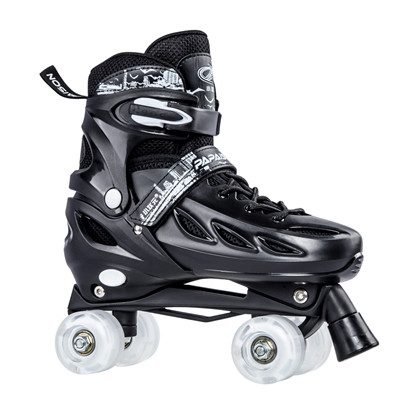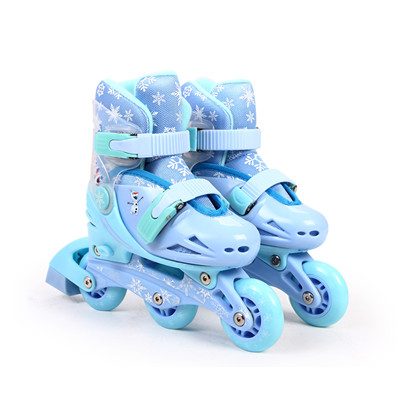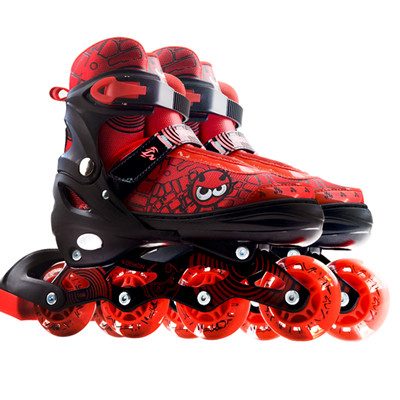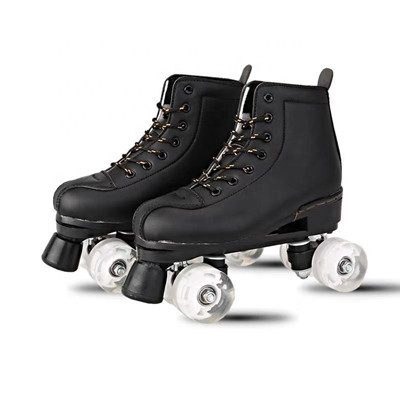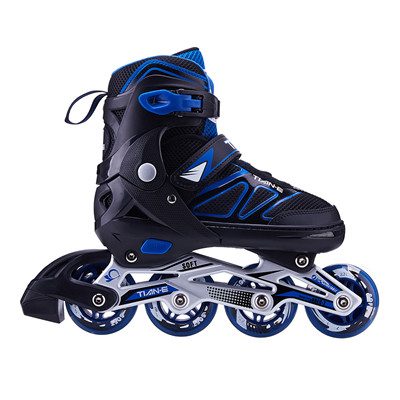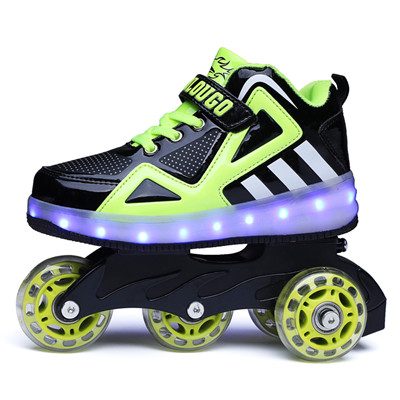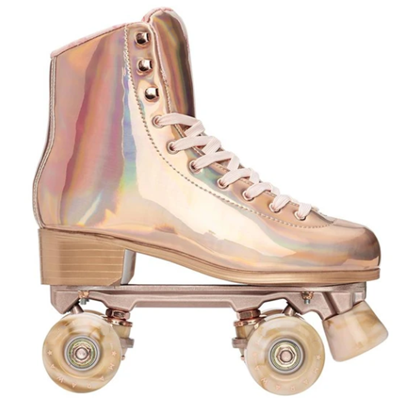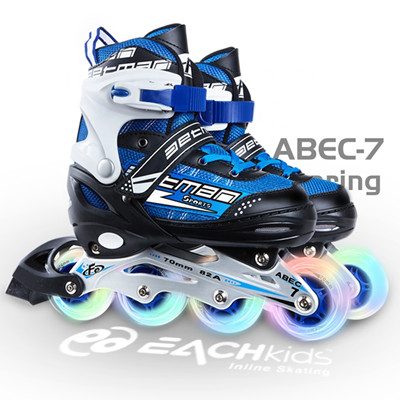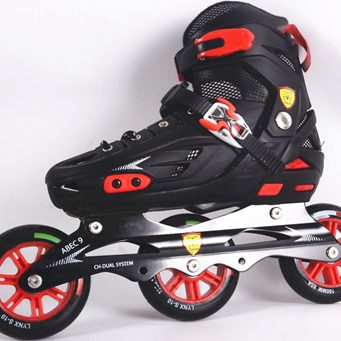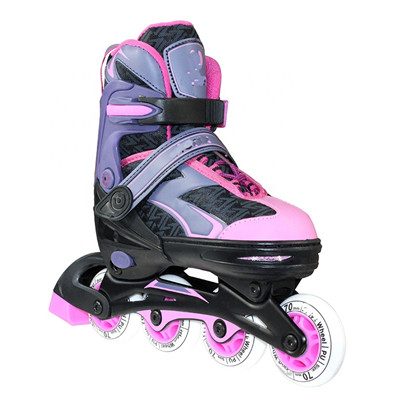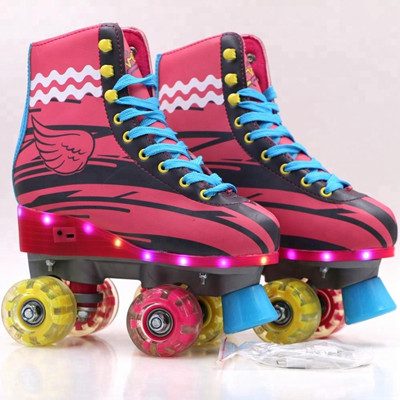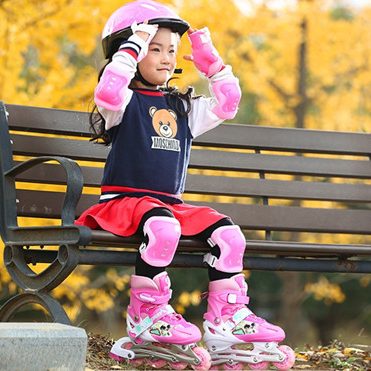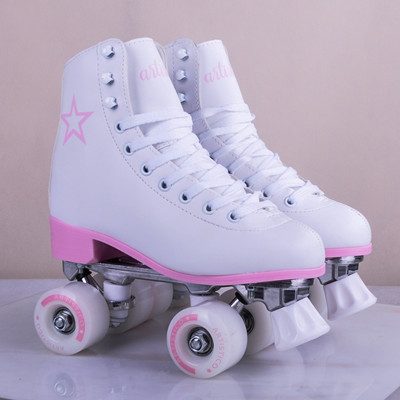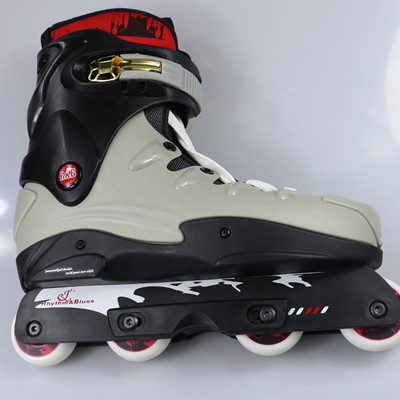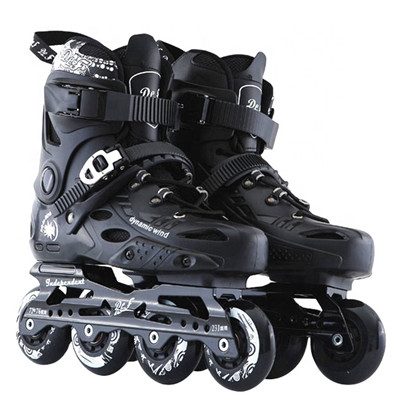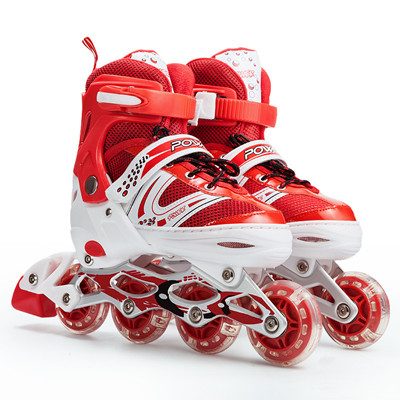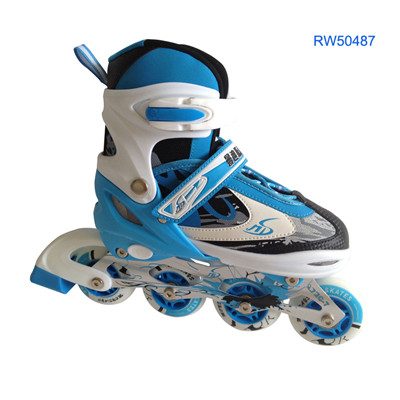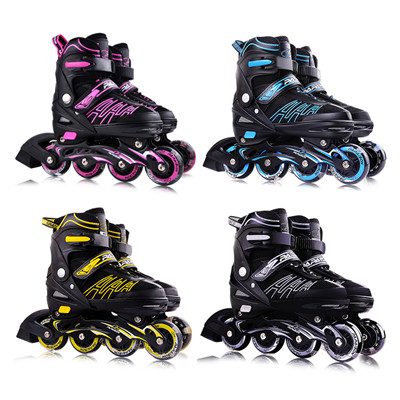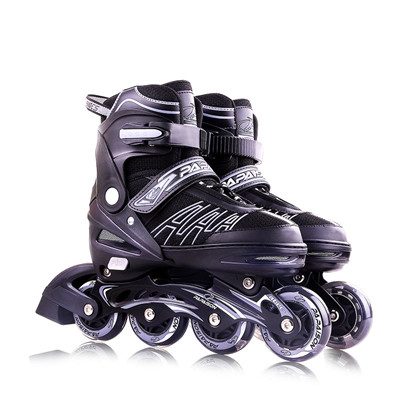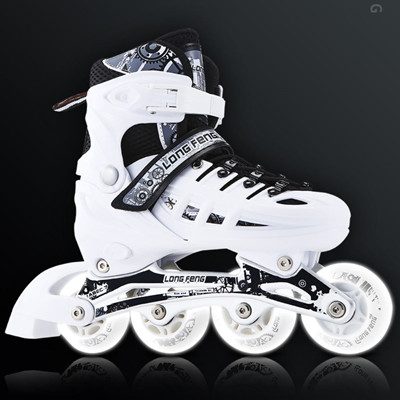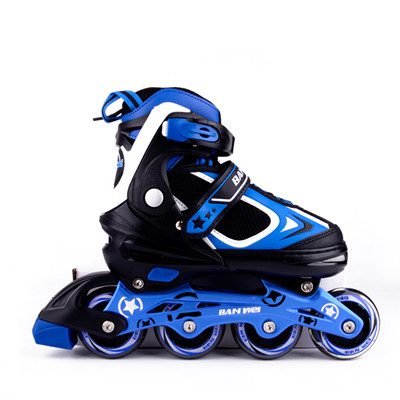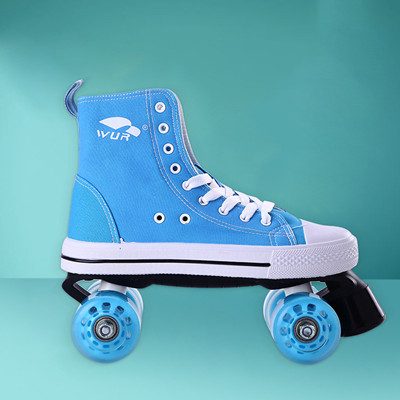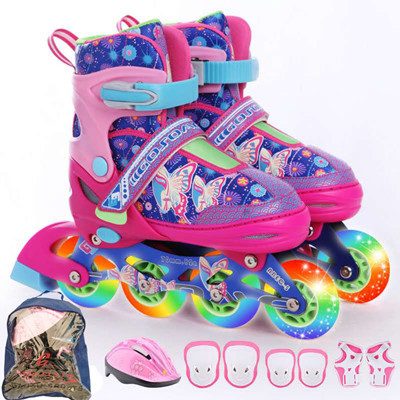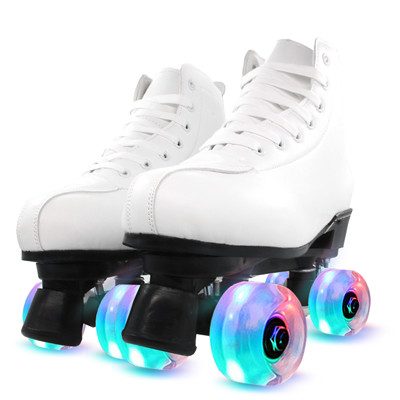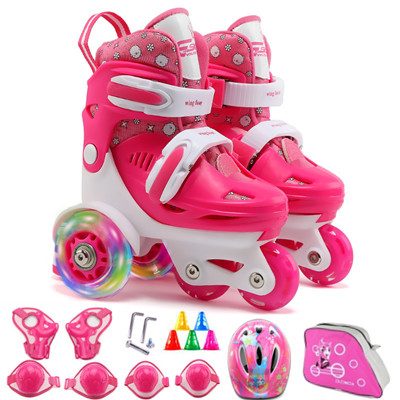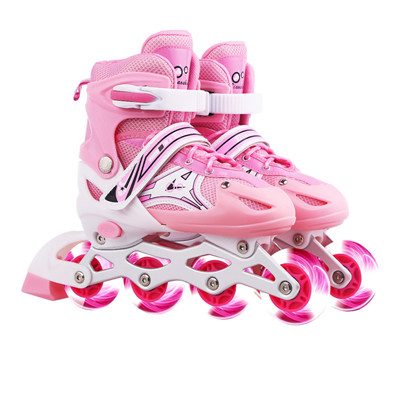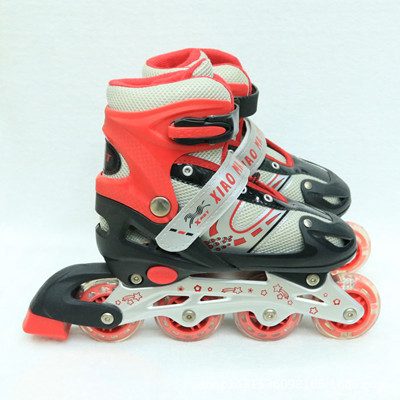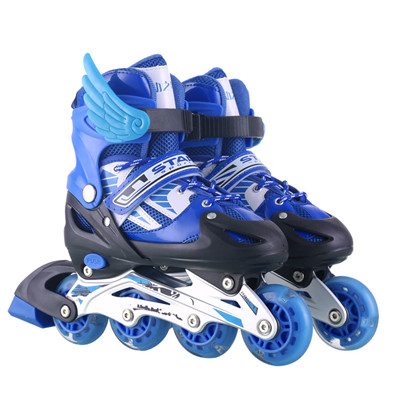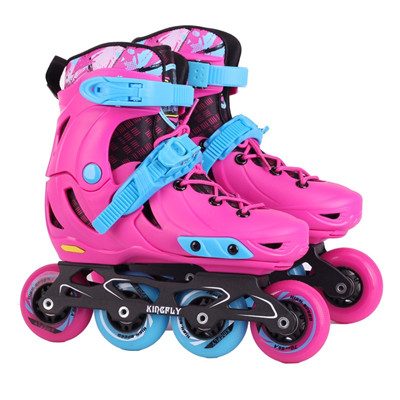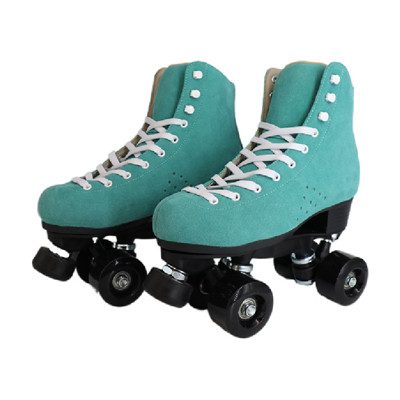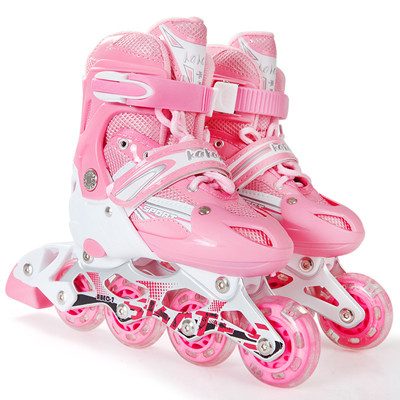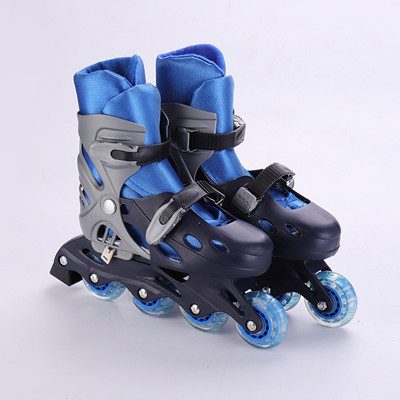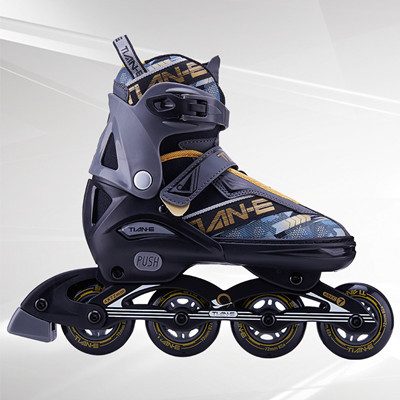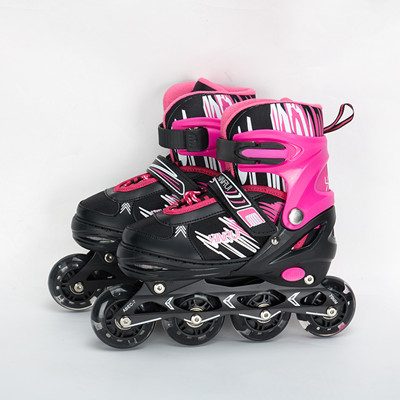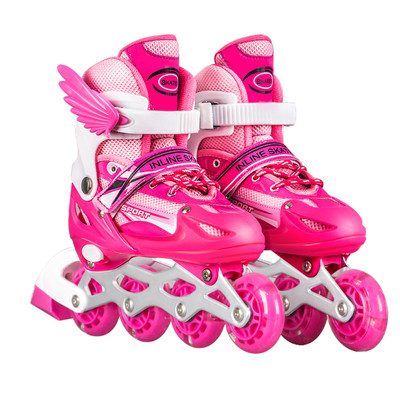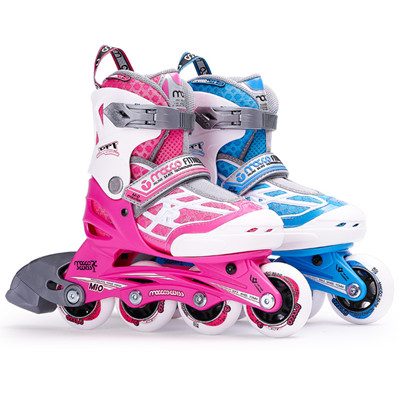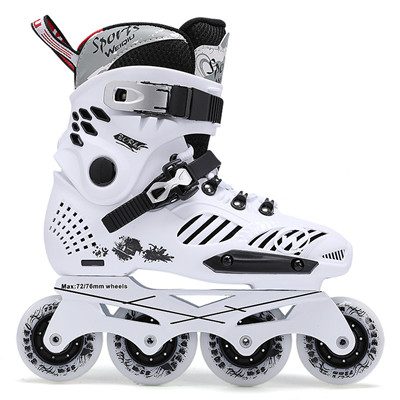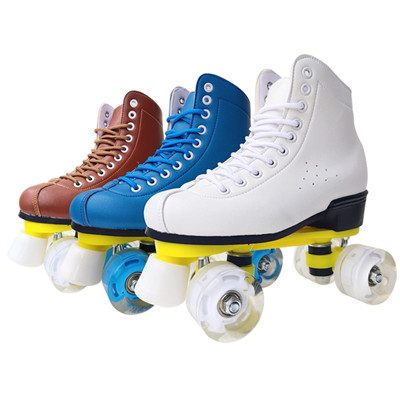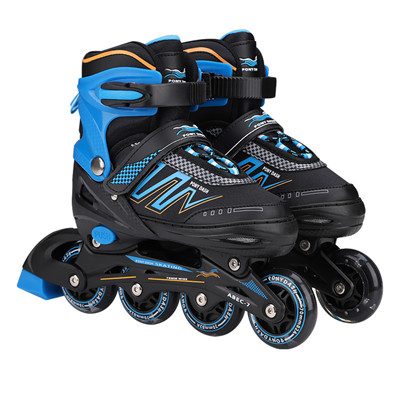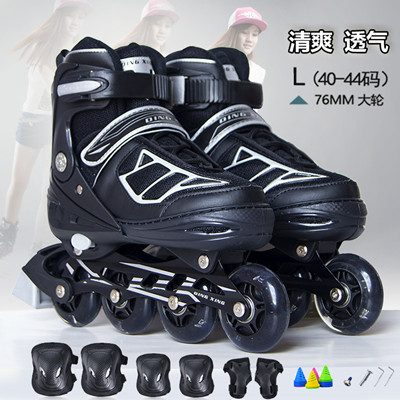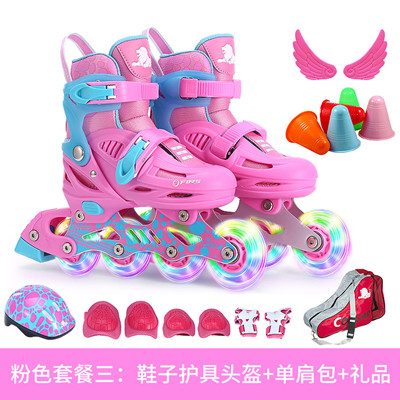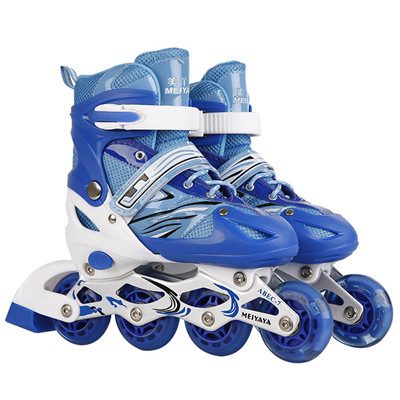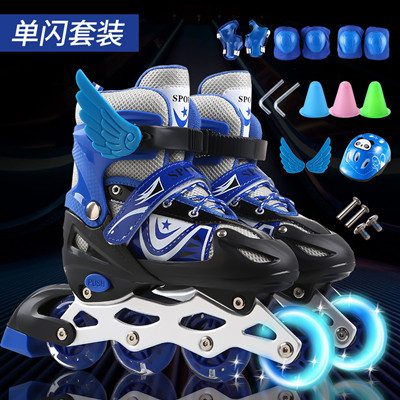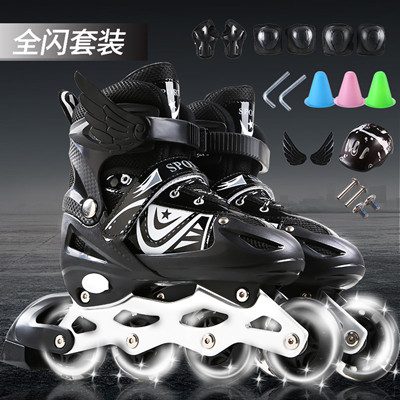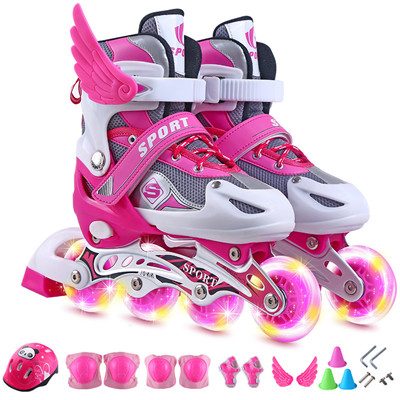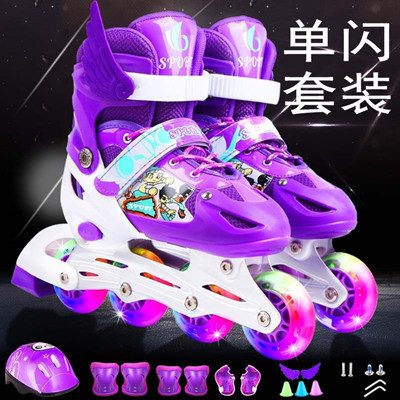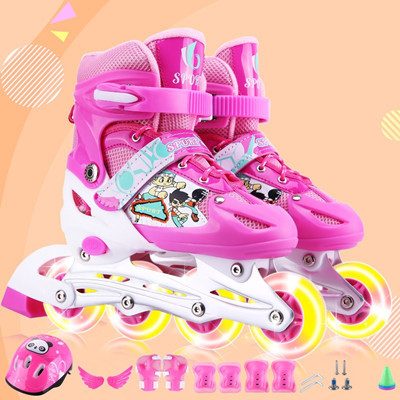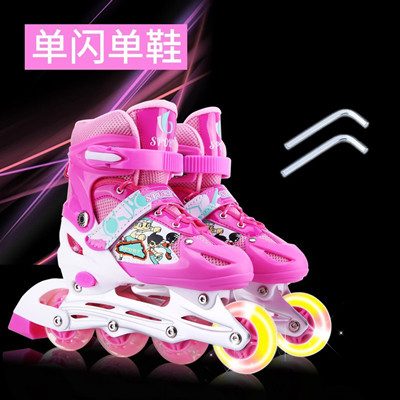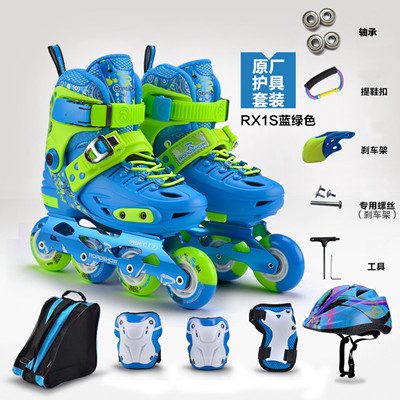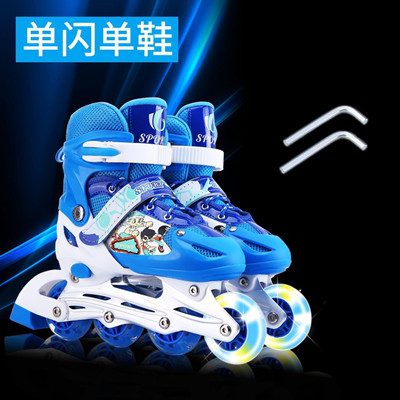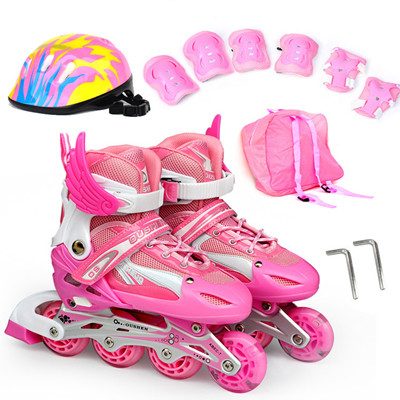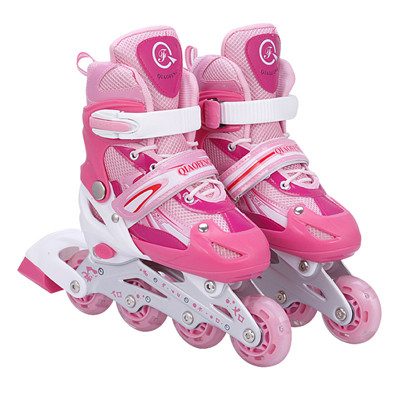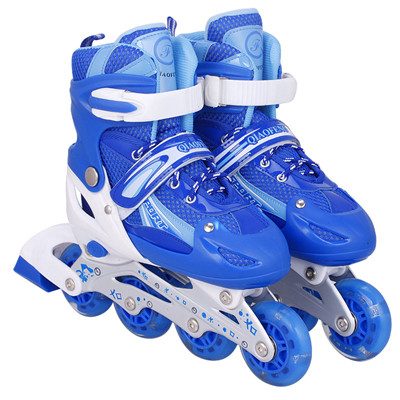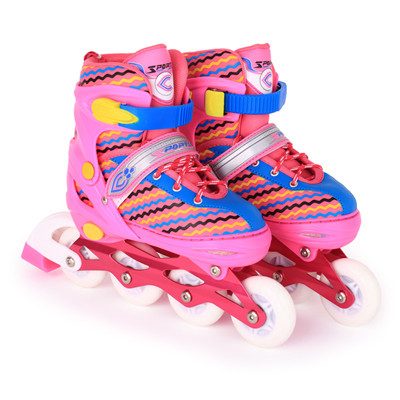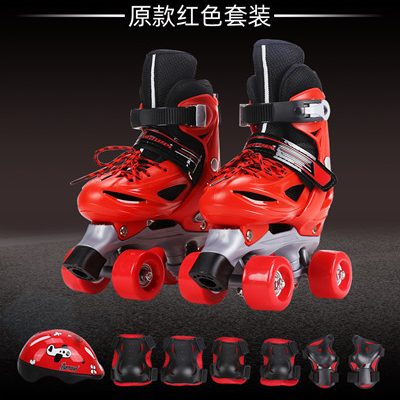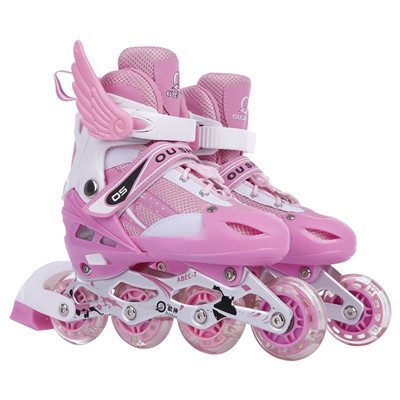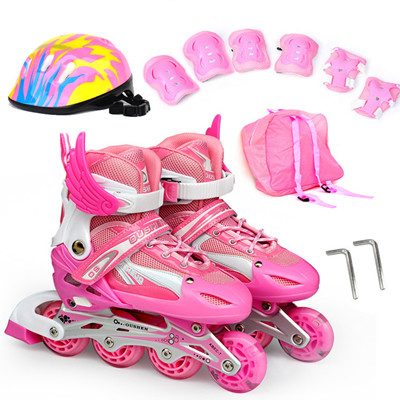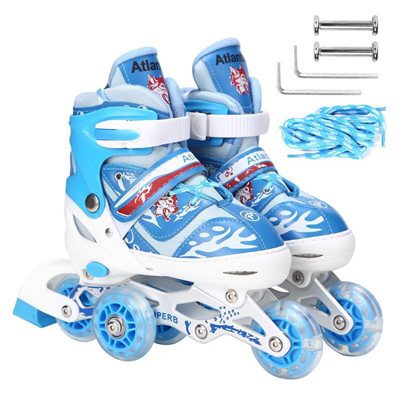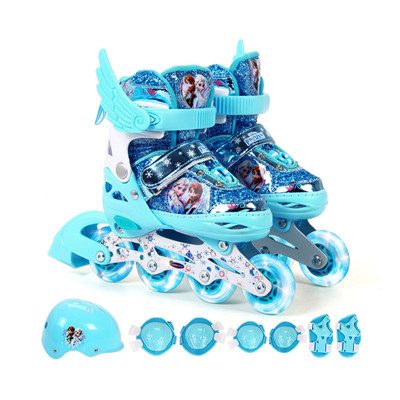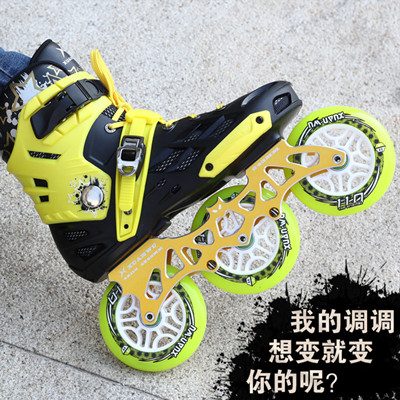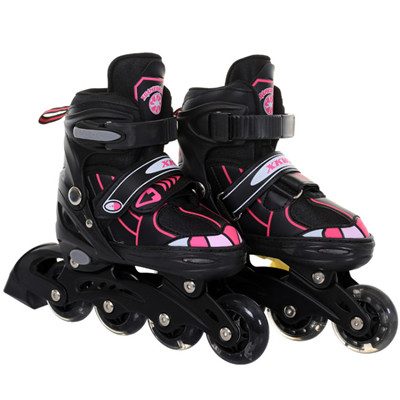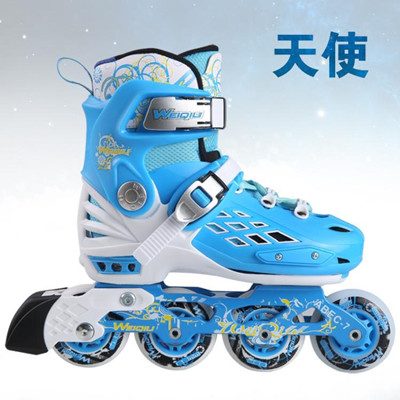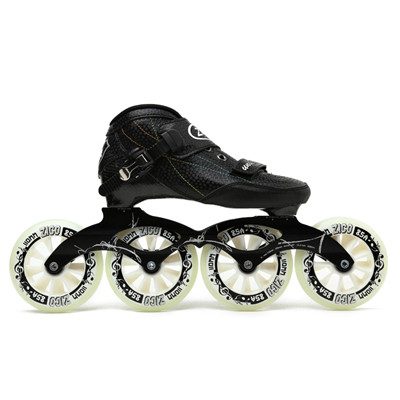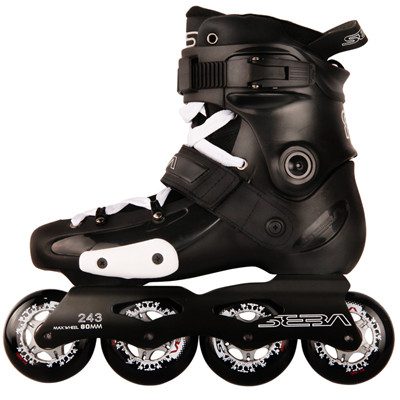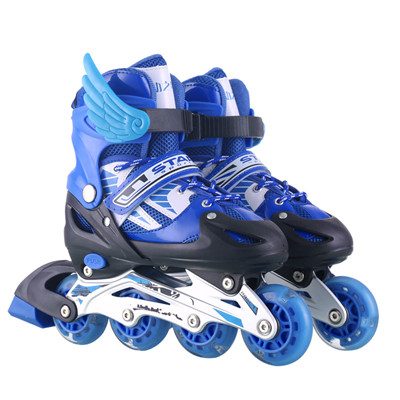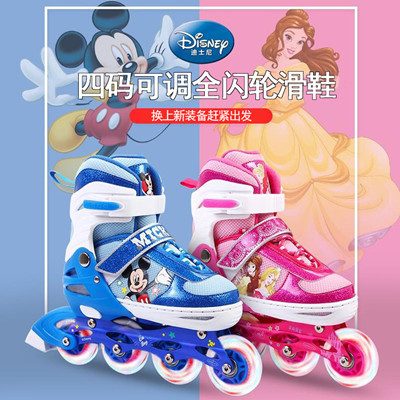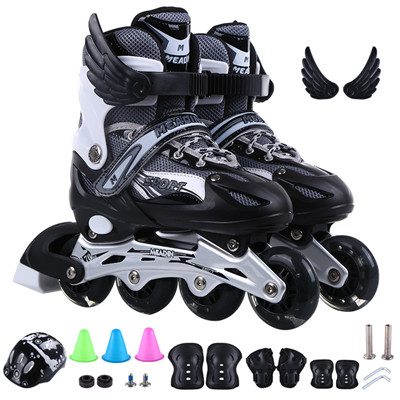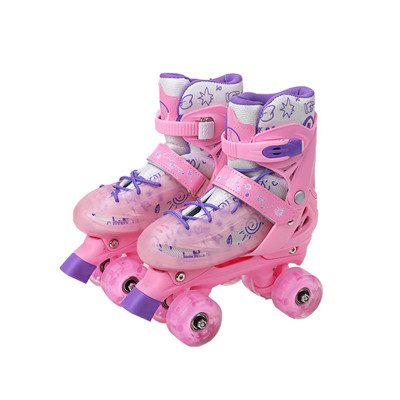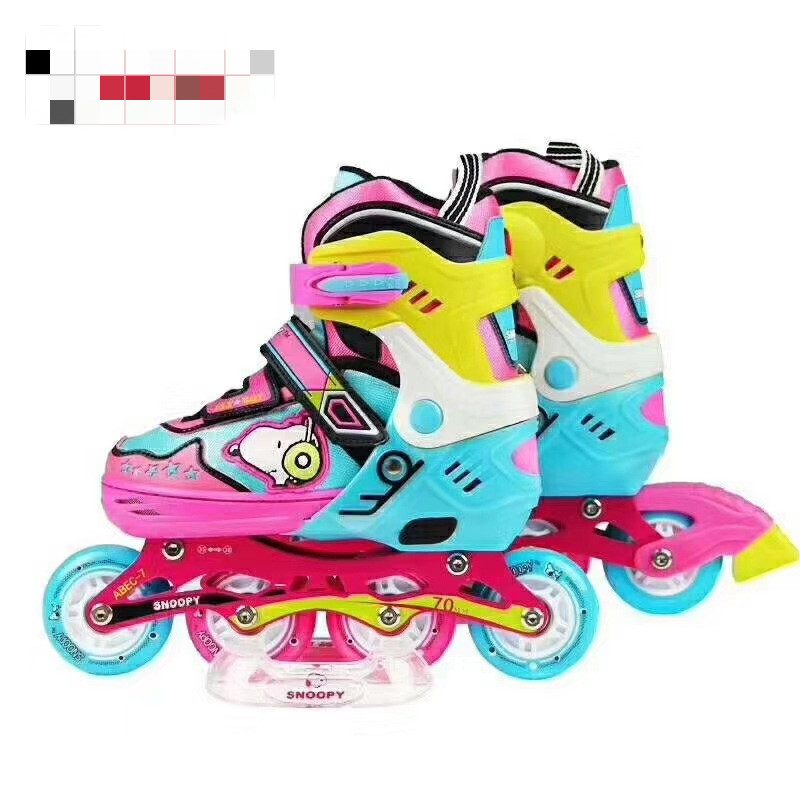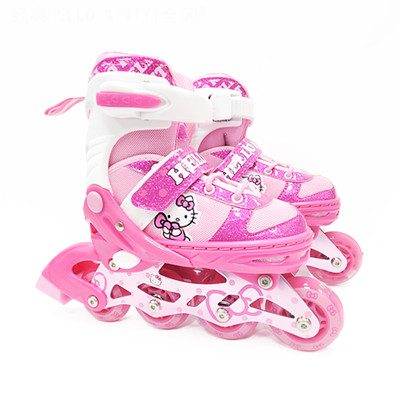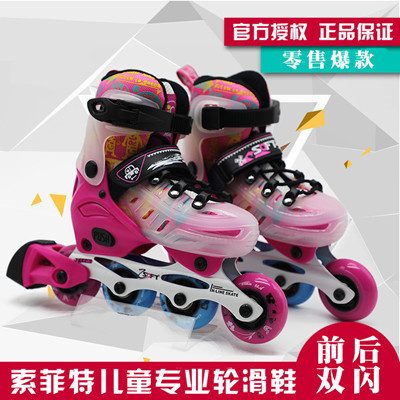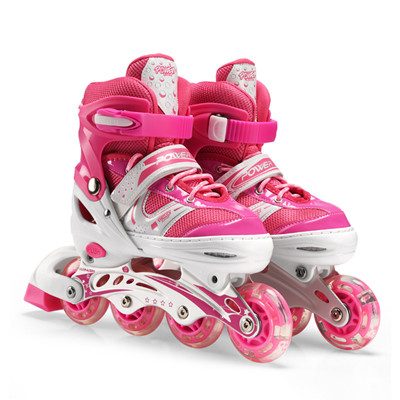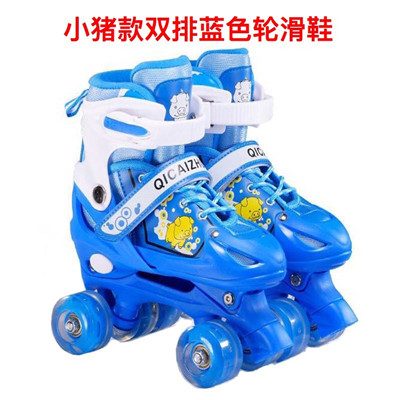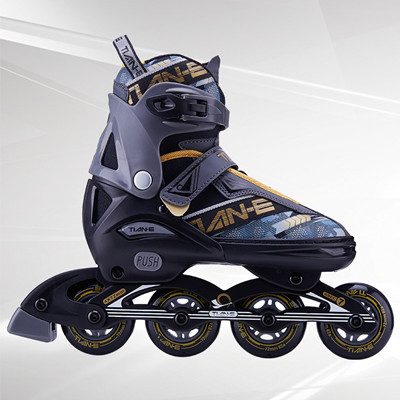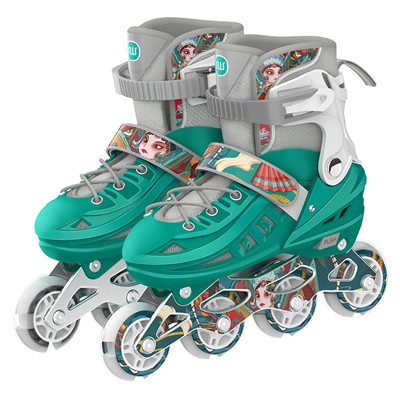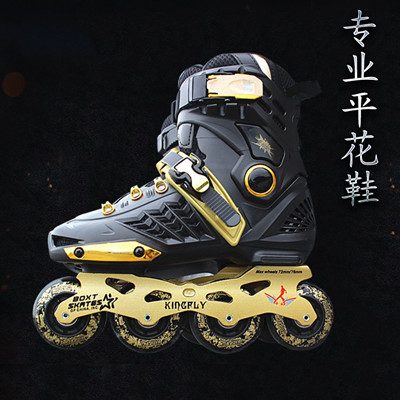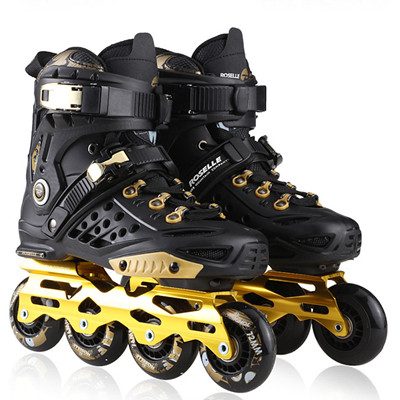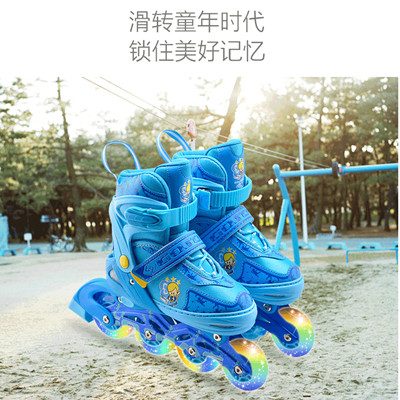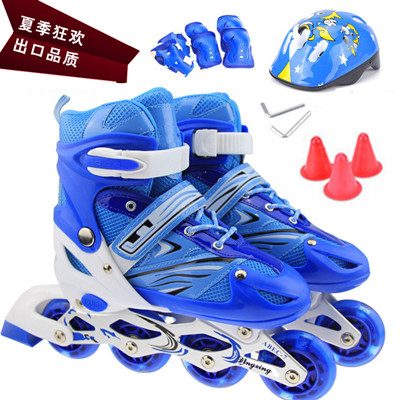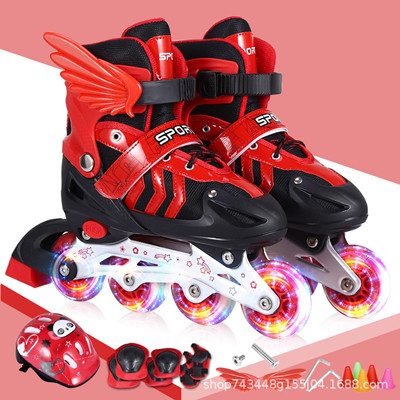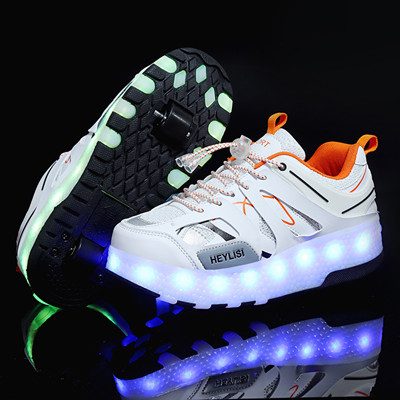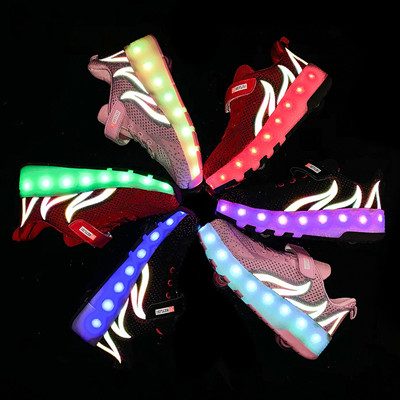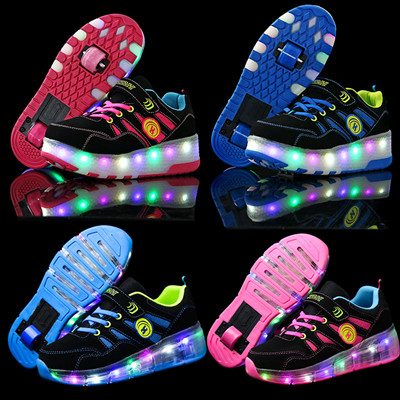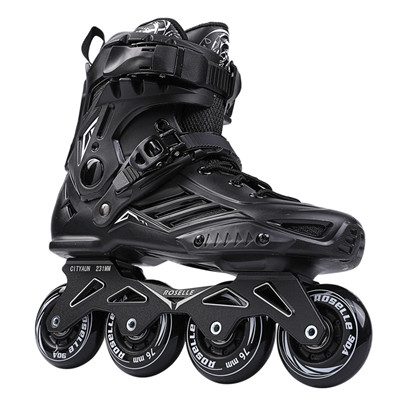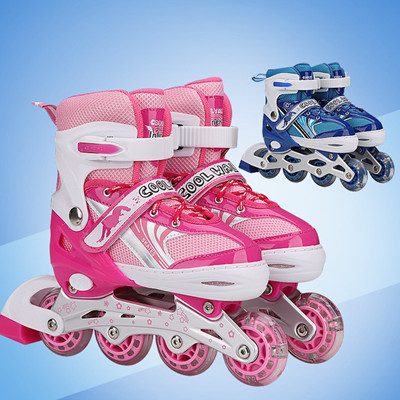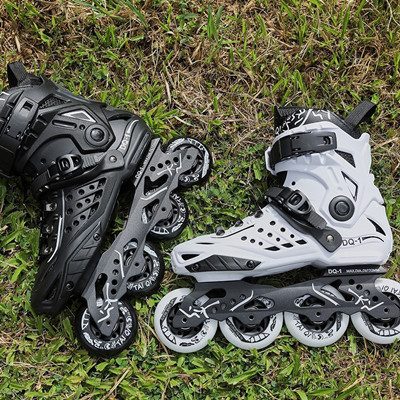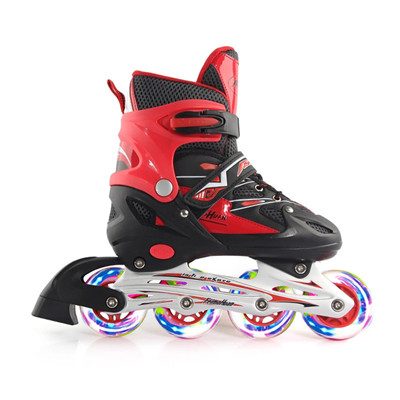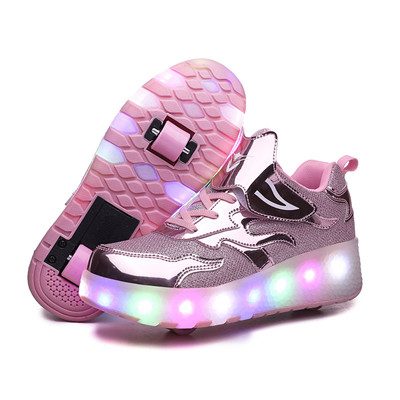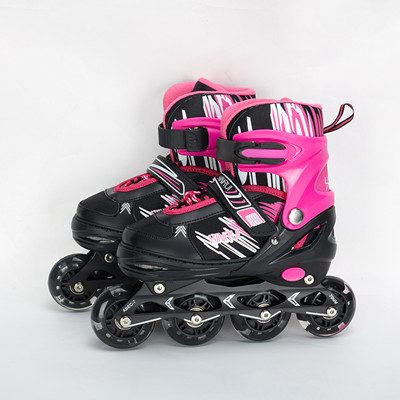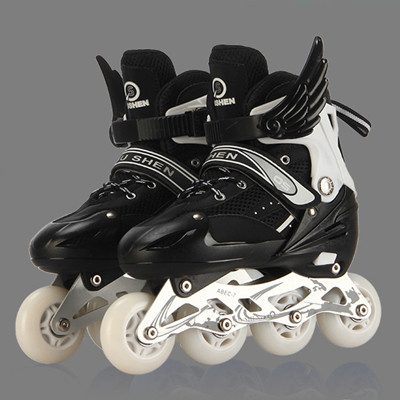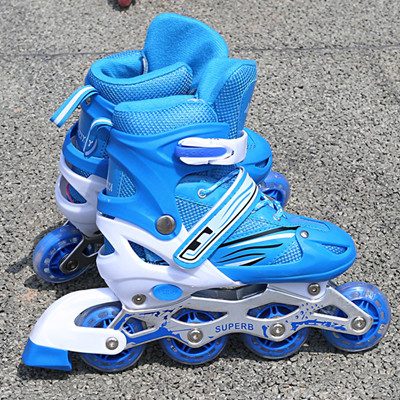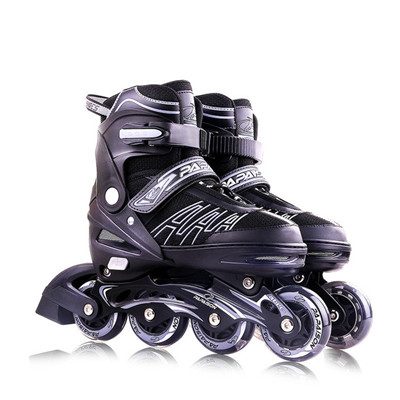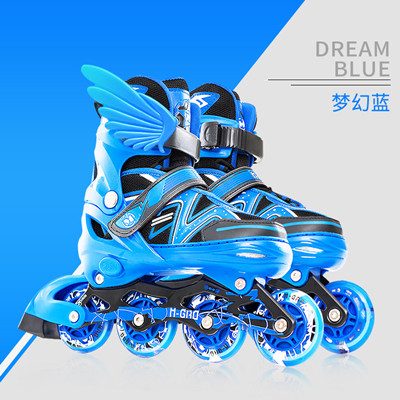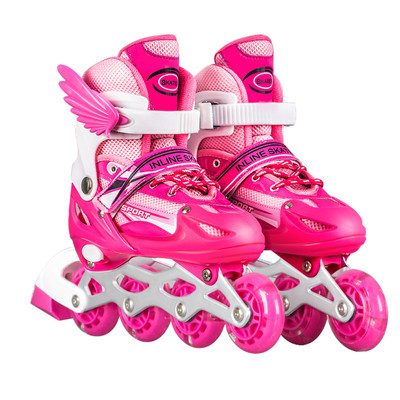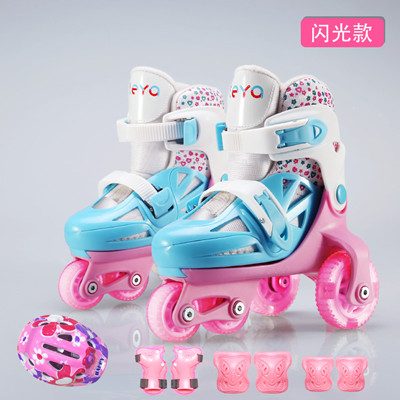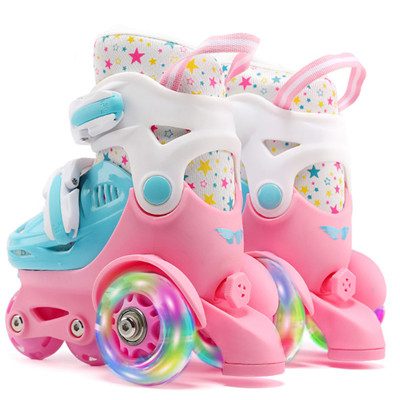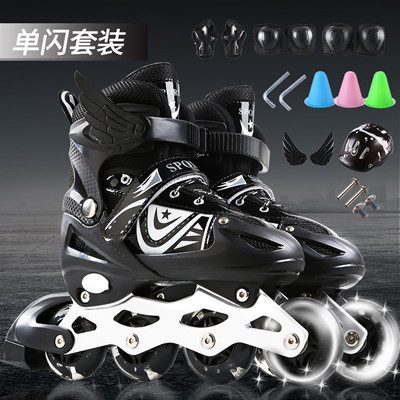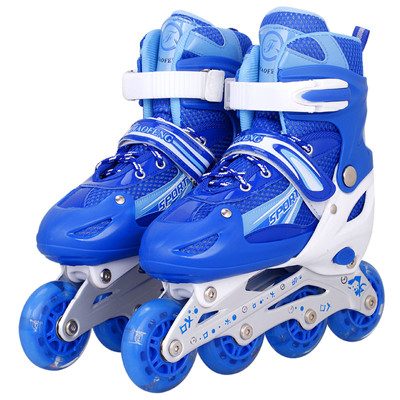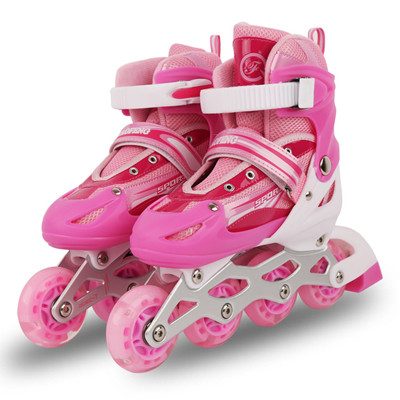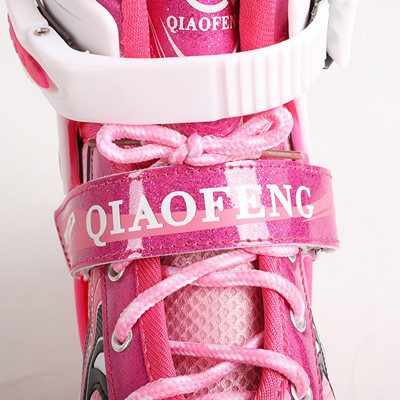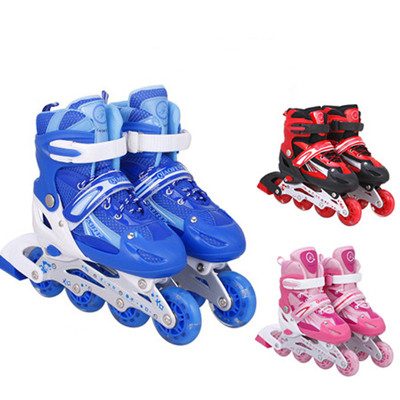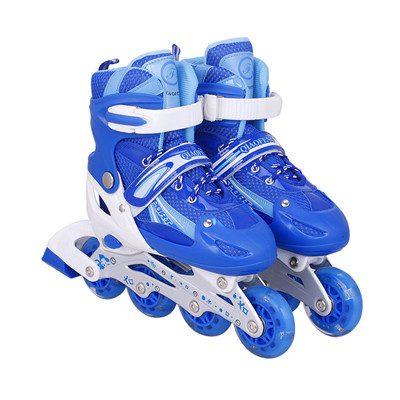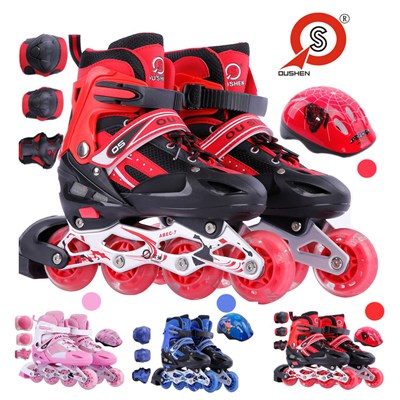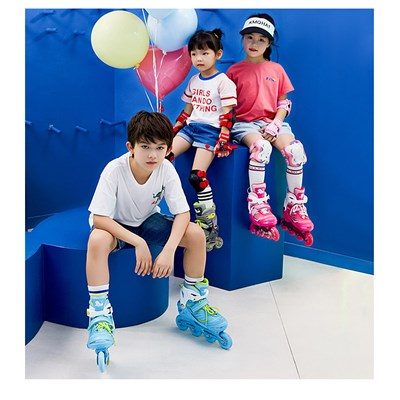The development of inline skating (Aggressive Inline, commonly known as Skate Blade in Mandarin) has a history of several hundred years. In 1979, Scott Olsen improved inline skating, which began the rapid development of inline skating, and various competitions appeared. , Has become a popular sport in the world, and because of its unique thrills, it has become a member of extreme sports. Together with skateboarding and stunt cycling, it has become an extreme sports event. Inline skating, stunt cycling, skateboarding and other three sports are commonly known as B3 (all with the letter B, Bike, SkatBoard, Skate Blade).
Basic equipmentedit
The most important equipment is of course a pair of roller skates. From a distance, every pair of roller skates looks the same, but due to severe wear and tear, athletes’ roller skates are equipped with special designs.
shell
1. It is the hard part on the outside of the roller skate, mostly made of durable plastic. It can resist the wear and tear in sports, and it can also withstand the scraping and landing force caused by fancy skills.
2. Inline skating for competitions is not equipped with a ventilation design like general inline skating for leisure, because the ventilation system will reduce the thickness and durability of the shell.
3. The boot-shaped part above the sole of the shell is tied tightly with laces (LACES) or buckles (BUCKLES), so that the feet can wear the inline wheels.
4. Most of the inline wheel shells are equipped with hinges (HINGE), which connect the boot shaft and the lower part of the shell, which allows athletes to bend their legs or adjust the angle of the calf while keeping it stiff.
Powerful belt
1. Part of the roller skates are equipped with a powerful belt, which stretches from the back of the shoe inner cover to the front of the sole of the foot. The function is to prevent the athlete’s heel and sole from shifting.
Shoe inner cover
1. It is used to cover the foot and acts like a soft cushion on the foot. It is made of foam glue of different densities. The higher the density, the harder the cushion and the stronger the response of roller skates.
Base
1. The base is the structure that connects the shell and the wheels. Inline skates for fancy competitions must be more able to withstand impact than ordinary casual roller skates. The material is aluminum alloy or reinforced plastic, but most athletes usually use aluminum alloy bases.
2. The design of the base close to the ground allows athletes to maintain a low center of gravity. At the same time, the closer the base and the foot are, it can provide the athletes with greater friction.
3. The trend is that the base is getting closer to the ground while keeping a distance less than the size of a 50-67 mm wheel.
4. As for the connection between the base and the shoes, due to the strong friction of the stunt performance, rivets (RIVETS) are used to connect the two. Some manufacturers have also begun to install hidden rivets to avoid premature wear.
Friction plate
1. This rectangular sheet is recessed into a curved groove in the middle of the bottom. It is usually placed on the surface of the shoe between the second and third wheels. The function is to protect the shell from abrasion when the athlete performs frictional movements.
2. The material is metal or plastic. Metal friction plates allow athletes to maintain a better balance and protect them from abrasion when in contact with other metals. On the other hand, street athletes use more plastic friction plates to cope with general obstacles.
Friction nail
1. A small plastic bolt usually placed between the second and third wheels. The function is to provide greater protection for the shell when the athlete performs friction actions.
wheel
It is mostly made of polyurethane, a material with strong scratch resistance similar to rubber.
1. Size: The size varies from 44mm to 82mm. The larger the wheel, the higher the speed and the more area to absorb the shock force.
Smaller wheels allow athletes to have greater autonomous maneuverability, with faster acceleration and slower sliding speed. And because there is more space in the bottom of roller skates, it can be more handy when making frictional movements.
Acrobatic inline skaters generally use smaller wheels, and there is a tendency to install smaller wheels on the base.
Hardness coefficient: used to measure the hardness of the wheel. The higher the coefficient is more durable and the speed is higher, but the traction is smaller and the shock resistance is smaller. Acrobatic inline skating athletes generally use wheels with high soft and hard coefficients.
2. Speed and durability.
3. Wheel arrangement: There are three ways to install wheels on the base
Rocking chair type: The second and third wheels are more protruding than the first and fourth wheels. Seen from the side, it looks like the bottom of a rocking chair or a wide parabola.
Flat type: Four wheels are installed at the same height, all of which can touch the ground, which is used by about one-third to half of the athletes.
Reverse rocking chair type: just the opposite of the rocking chair type. The second and third wheels are smaller or lower than the first and fourth wheels. They look like a rainbow from the side. This installation method restricts the athlete’s turning, but it is better to grasp on obstacles such as railings.
Protective clothing
1. All athletes wear helmets and cushions for emergency protection, including wrist guards, giant knee pads and elbow pads. The knee pads and elbow pads worn by stunt inline skaters are larger than those used by casual people. The shin guards can play a protective role when the grabbing action fails.
2. In official competitions, amateur athletes must wear a full set of protective cushions, including wrist guards; while professional athletes only need to wear helmets and cover knees (such as shorts, knee pads, or knee-length trousers)
In order to make inline skating more fun, it is necessary to make safety preparations. Only when you completely relieve your safety concerns can you truly “rest assured” to play inline skating and fully realize your potential, get more progress or make the best show. Here are some things you should pay attention to before hitting the road:
⒈ Make a warm-up activity.
Just like participating in any sport, you should make preparations before each practice, and the same is true for roller skating. Let the main joints of the body move and stretch, especially the ankles, knees, thigh joints and waist.
⒉Wear protective gear.
A full set of protective gear should include: helmet, elbow pads, knee pads and palm pads.
⒊Use common sense to choose safe occasions.
Don’t play roller skating on driveways, slopes, oily or stagnant ground, etc.; use common sense to judge and take safety as the first priority.
⒋Understand your own level and know your limits.
Play roller skating according to your own situation, and you should be guided by someone when you want to learn new skills or movements, and be especially careful.
⒌ Class.
Find a good coach to come to the class, continue to accumulate professional knowledge and roller skating skills, and get the safety knowledge of roller skating from the coach. Due to the late development of domestic extreme sports, there are almost no professional coaches in this area, and some extreme roller skating masters learn by themselves through video, television and other media. If there are experts around, learning will have a multiplier effect, and it will be easier to correct mistakes.


